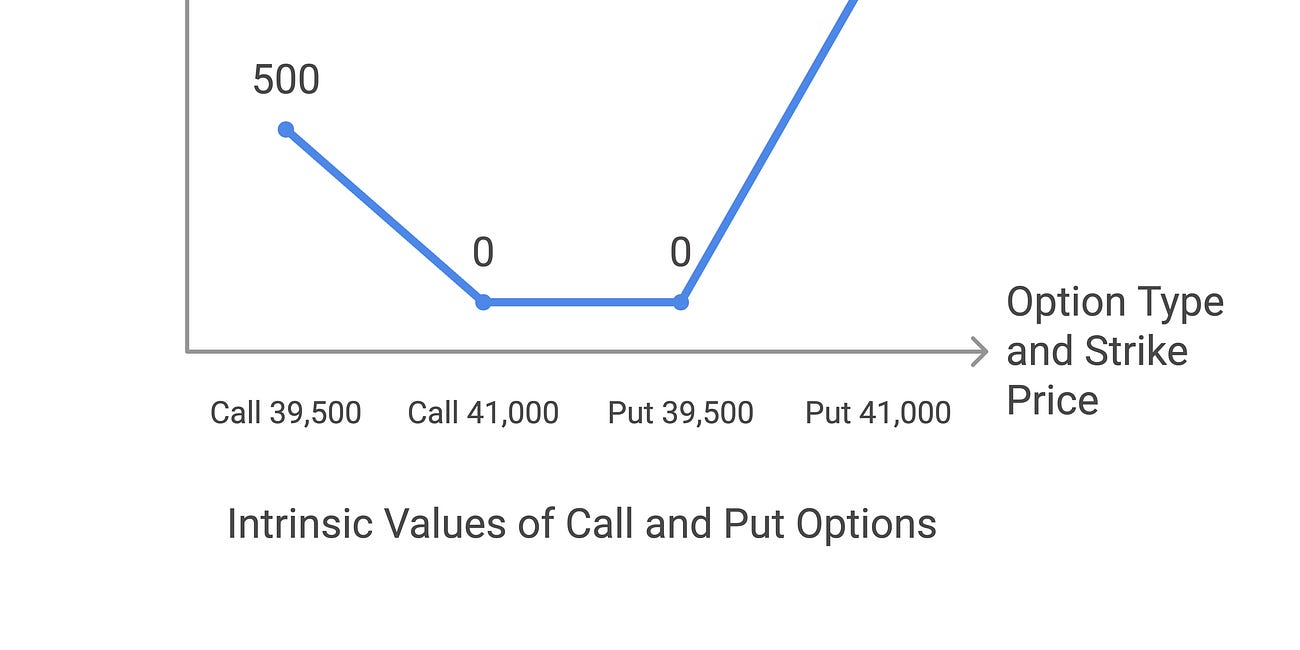What are Derivatives?
Options are part of a family of financial instruments called derivatives, meaning their value is derived from an underlying asset. In simpler terms, an option’s price depends on something else – like a stock price or an index level. For instance, a NIFTY option derives its value from the NIFTY index level. Derivatives exist to help manage risk or to speculate on price movements without owning the underlying asset.
Why Trade Options?
Traders use options for hedging (protecting their portfolio from adverse moves) or speculation (betting on market directions or volatility). Imagine you expect the NIFTY index to rise but don’t want to invest in all 50 stocks. You could buy a NIFTY call option (more on calls/puts soon) to benefit from the rise with limited capital. Conversely, if you fear a market drop, buying a put option can act like insurance for your holdings. Options provide leverage (you control a large value with a smaller amount) and flexibility (strategies for all market conditions)—making them popular among retail and institutional traders alike.
Call vs. Put Options:
An option is essentially a contract that gives you a right (not an obligation) to buy or sell the underlying at a predetermined price. There are two basic types:
Call Option: Gives the holder the right to buy the underlying asset at a set price (called the strike price) on or before a specific date. You'd buy a call if you expect the underlying (say, the NIFTY index) to go up. For example, suppose NIFTY is at 18,000. A 18,200 strike call option gives you the right to buy NIFTY at 18,200. If NIFTY shoots up to 18,500 by expiry, your call is valuable because you can buy at 18,200 (lower) and sell at 18,500 (higher) – pocketing the difference (in practice, index options are settled in cash, but the idea holds). If NIFTY stays below 18,200, the call might expire worthless, and you only lose the premium paid.
Put Option: Gives the holder the right to sell the underlying at the strike price on or before a specific date. You buy a put if you expect the underlying to go down. Using the same example, a 17,800 strike put option gives the right to sell NIFTY at 17,800. If NIFTY falls to 17,500, your put is valuable because you can sell at 17,800 (higher) while the market is 17,500 (lower), gaining the difference. If NIFTY stays above 17,800, the put likely expires worthless (you wouldn't sell below market price), and again you'd lose only the premium.
Real-world Example (NIFTY Options):
Let’s say it’s mid-month and NIFTY is trading at 18,000. You check the NIFTY options chain for the monthly expiry:
The 18,000 Call (ATM) might be trading at a premium of, say, ₹150. If you buy this call, you pay ₹150 * lot size (NIFTY’s lot size is 50 units per contract, so ₹7,500) for the chance to benefit if NIFTY rises above 18,000.
The 18,000 Put (ATM) might be trading at ₹140. Buying this put costs ₹140 * 50 = ₹7,000, giving you protection/profit if NIFTY falls below 18,000.
In both cases, the most you can lose is the premium paid (₹7,500 or ₹7,000 respectively). This limited-risk, high-reward potential is a big draw for options. Note: In India, options are settled in lots – a fixed number of units per contract. For instance, one NIFTY option contract represents 50 units of the index (so a ₹150 premium actually means ₹150 * 50 = ₹7,500 total) (Options Trading for Indices: Complete Guide for Indian Markets). BANKNIFTY options similarly have a lot size (which has been 25 units for Bank Nifty, though this can be revised periodically).
Key Takeaway:
Options give you the right to trade an index or stock at a set price. Calls are for bullish bets (or hedging against rises) and puts are for bearish bets (or hedging against falls). They are versatile tools allowing profit from market movements with limited downside (for option buyers). Next, we’ll explore what determines the price (premium) of these options.
2. Understanding Option Premiums
When you see an option price (premium) like ₹150 for a NIFTY call, have you wondered how that number is decided? Option premiums consist of two parts: intrinsic value and extrinsic value (also known as time value). Understanding these will demystify why some options are cheap and some are expensive.




